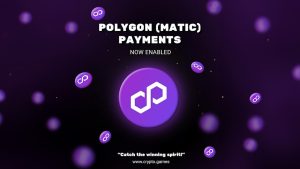What Is Quasar Smart Contract (OMG Foundation)?
Quasar Smart Contract (OMG Foundation) is an innovative solution developed to tackle a significant challenge faced by layer-2 blockchain projects. In most cases, transferring assets from layer 2 to layer 1 in blockchain networks can take up to 14 days.
OMG Network, powered by its Plasma layer-2 scaling solution, has successfully addressed the scalability issue associated with layer-2 blockchains. To further enhance their Plasma solution, OMG Network has introduced the Quasar Smart Contract.
One common challenge faced by layer-2 blockchains that utilize fraud proofs is the “exit period challenge.” OMG Network also encounters this problem, but their Quasar Smart Contract approach offers a solution known as “fast exit.”
The Significance of Layer-2 Solutions
In the realm of blockchain, scalability, decentralization, and security are three critical properties that chains can possess. However, it is generally not feasible for a chain to simultaneously possess all three properties. Scalability and decentralization are inversely proportional to each other, given a certain level of security. Therefore, trade-offs must be made when designing a blockchain system. Ethereum, as the most popular blockchain, faces challenges such as high transaction fees and long waiting times. To address this fundamental challenge, various projects are exploring the concept of processing transactions on a second layer. One such solution is Plasma, which falls under the umbrella of layer-2 solutions along with four other actors.
In Plasma, multiple copies of the main chain coexist as subsidiary chains. These subsidiary chains process thousands of transactions before bundling them together and sending them back to the parent chain as a single transaction. A child chain within the Plasma framework is a non-custodial and trustless chain, where users have full ownership of their funds. In case of any errors or exploits, users can refer to the most recent accurate snapshots of the plasma chain to recover their tokens.
Plasma layers offer high throughput, capable of handling over 1,000 transactions per second at a fraction of the cost compared to traditional technologies. Unlike traditional systems that require transactions to be limited to a specific set of known entities, Plasma solutions provide flexibility and room for various transactions. However, it is important to note that Plasma layers are primarily designed for transactions and swaps and do not fully support smart contracts. Two notable projects that leverage Plasma layers are Polygon and OMG Network.











